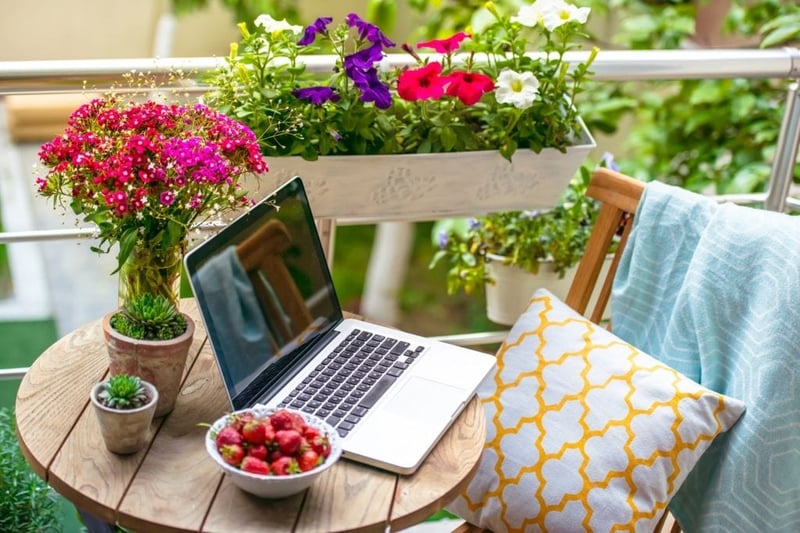
Our wonderful Gardening Expert Mark Lane — who you may enjoy watching on BBC Gardeners’ World and BBC Morning Live — highlights the power of plants in purifying the air and protecting our wellbeing. Yes, house plants really do have healing properties…
The psychological impact of green spaces and how to invite the ‘outdoors in’
You may associate the word ‘garden’ with flower-filled borders, containers over-brimming with colourful bedding plants, a lawn and a shed. This is an idyllic and truly rural image. But wherever you live, the pocket of natural space you enjoy is dedicated relaxation and recreation.
According to the United Nations, 55% of the world’s population currently reside in urban areas. By 2050, 68% of the world’s population will live in cities. In turn, outdoor spaces are shrinking. With more of us living in apartments, retirement villages and townhouses with little or no outdoor space it’s wise to grow as much as you possibly can indoors — hence why houseplants and hanging baskets are a popular choice.
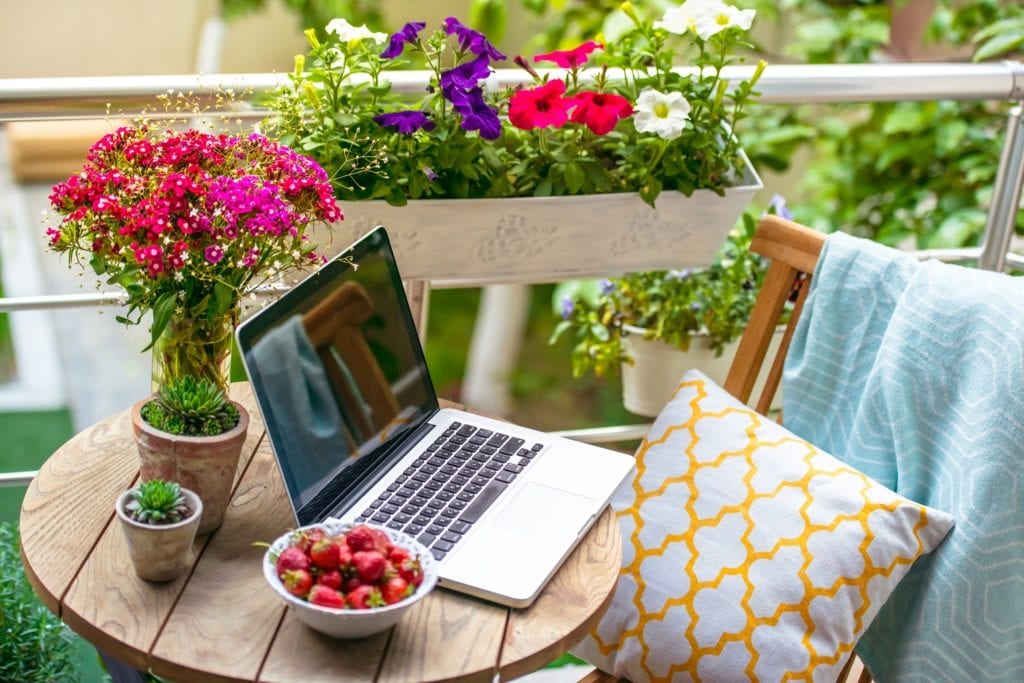
The positive impact of green spaces throughout childhood is significant; exposure is as influential as family history and parental age when predicting mental health outcomes. Research also reveals that the longer one is exposed to green spaces, the greater the mental health benefits. There are countless benefits to living in a vibrant city, but NASA Earth Observatory has found such an environment increases neural activity which can be linked to higher levels of stress. However, looking and caring for greenery helps to protect against mood disorders, depression, neurotic behaviour and such stress-related issues. It’s therefore important to seek green sanctuaries outdoors — like parks — and bring the outdoors into your home.
Indoor plants have the power to reduce symptoms such as headaches, sore eyes, loss of concentration and feelings of depression. Houseplants particularly can improve your mood, reduce fatigue, plus lower stress and anxiety. The University of Sydney reported a 37% reduction in tension and anxiety, a 58% drop in depression and a 4.4% decrease in anger and hostility by introducing houseplants.
Plants improve air quality
Indoor air pollution is 2-10 times higher than outdoors, as contained areas enable pollutants emitted from furnishings, detergents and paints to build up. Fascinatingly, certain plants reduce these pollutants by taking them into the plant via the air, then turning them into food at the roots. The Madagascar dragon tree (Dracaena marginata), the Indian rubber tree (Ficus elastica) and English ivy (Hedera helix) can help remove benzene and formaldehyde — as can the peace lily (Spathiphyllum sp.), the cast iron plant (Aspidistra elatior) and the jade plant (Crassula ovata).
The spider plant (Chlorophytum elatum) can remove up to 90% of the toxins in your home in just two days! It’s also the perfect plant for those who have common dust allergies. The Areca palm (Dypsis lutescens) removes pollutants and is an effective humidifier. The leaves produce negative ions — similar to many air purifying machines — therefore removing dust, mould spores, bacteria and allergens. Negative ions are also credited for increasing psychological health, productivity and overall wellbeing. For best results, you need four shoulder-high plants per person.
The peace lily (Spathiphyllum sp.) can improve air quality by up to 60%. It helps to reduce the levels of mould spores that grow in the home by absorbing these through its leaves, then circulating them to the plant’s roots where they are used as food. In bathrooms, the peace lily can help to keep shower tiles and curtains free from mildew and the plant can absorb harmful vapours from alcohol and acetone. The snake plant (Sanservieria trifasciata) has been discovered to be one of the highest oxygen-producing plants, while the purple colour of African violets can help stimulate adrenaline release and increase the flow of oxygen to the brain, helping you to relax.
Houseplants for specific rooms
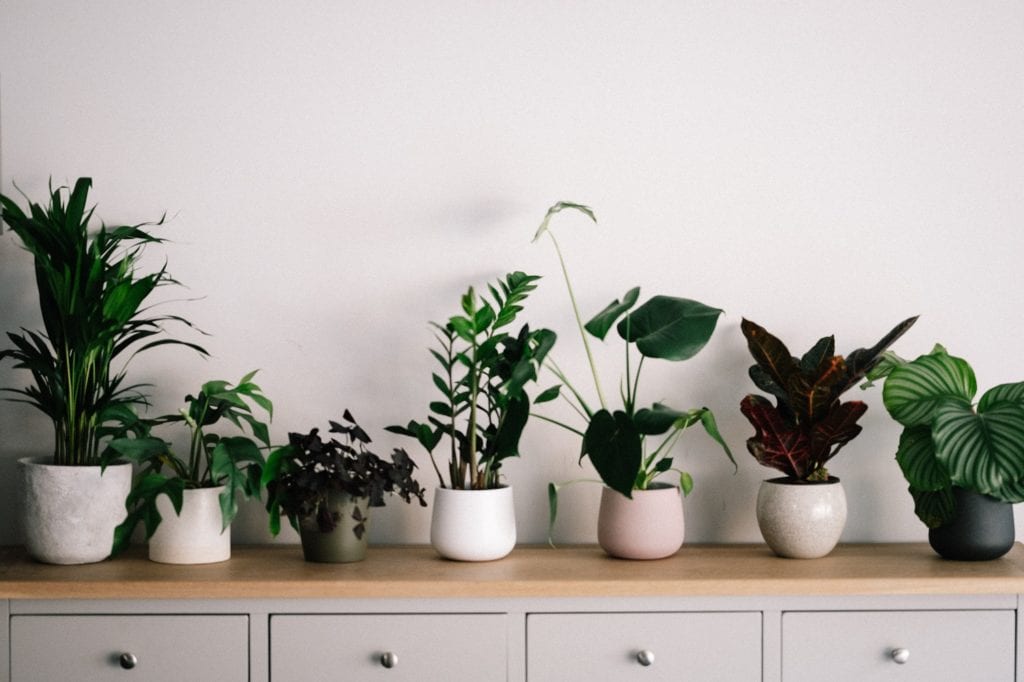
All houseplants look lovely, but certain types can improve air quality and even your mood. These thrive in particular conditions and specific rooms.
Bedroom
Your bedroom is a sanctuary for relaxation, so you need plants that purify the air while having a cleansing, calming effect on you to aid sleep. Aloe vera fares well on a sunny windowsill, while the peace lily (Spathiphyllum sp.) and the ruffle fern (Nephrolepis exaltata) will do best in the shadier areas and corners of the bedroom.
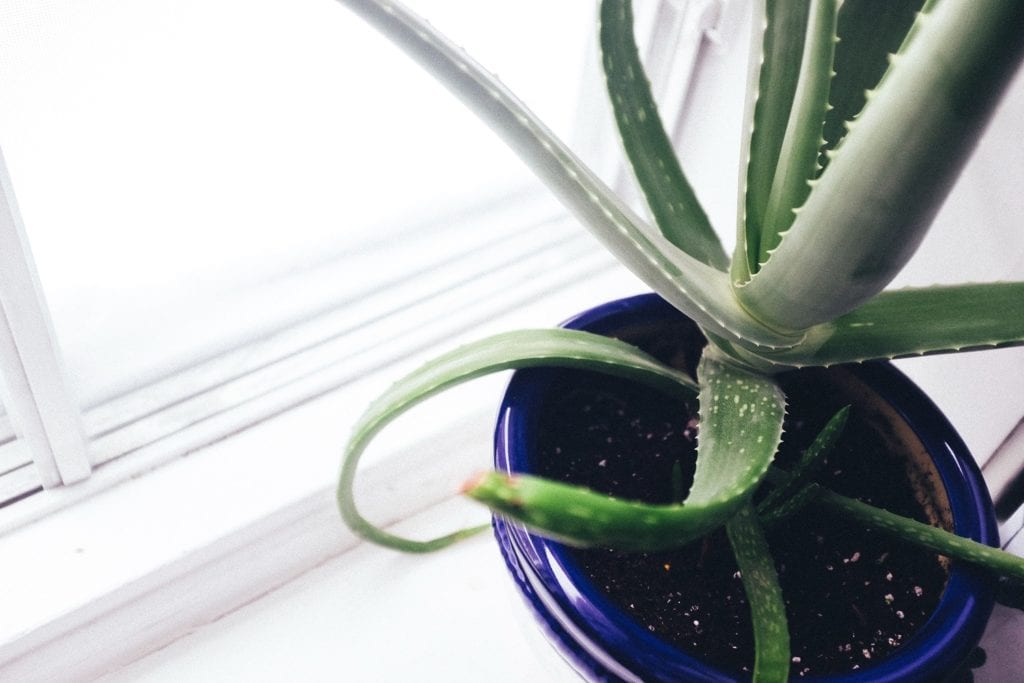
Kitchen
Try plants that require more frequent watering, such as the fiddle-leaf fig (Ficus lyrata) which requires full sun, Aloe vera for the tabletop, basil (Ocimum basilicum) and other herbs for culinary delights and perhaps some succulents such as Aeonium sp. and Echeveria sp. on kitchen shelving. Herbs also help with health and wellbeing. Peppermint (Mentha x piperita) contains menthol, menthone and limonene which help to ease digestive upsets, plus relieve headaches and migraines.
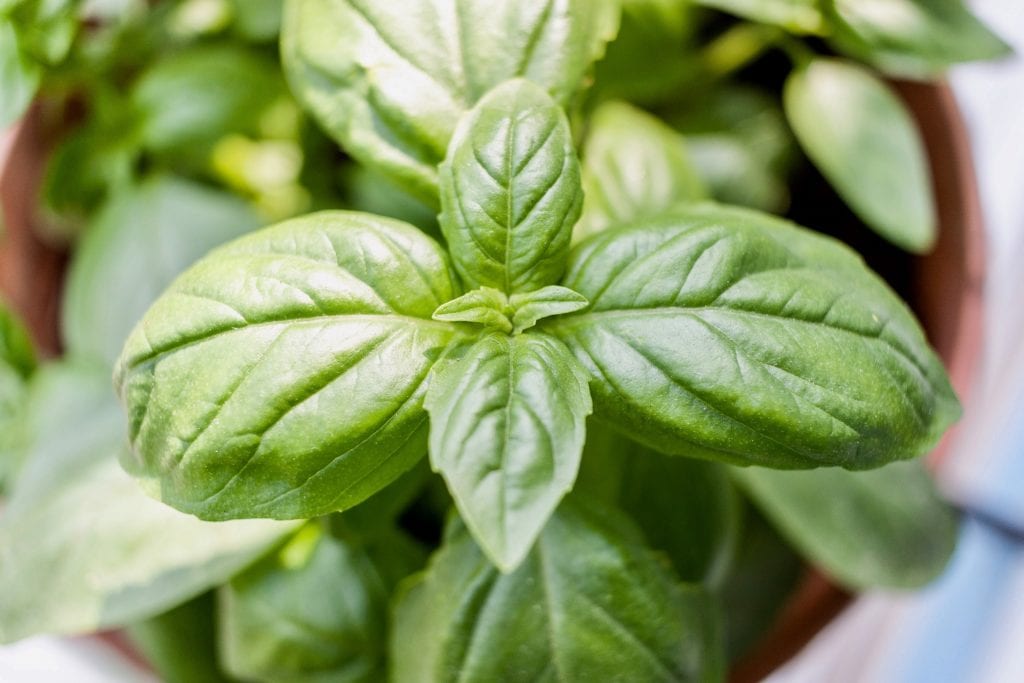
Study
Many of us are working from home at the moment. Whether you have a study or a makeshift bedroom office, turn to peppermint oil; this helps to increase alertness and memory, improving concentration. Chamomile (Matricaria chamomilla) has calming properties and increases glycine — an amino acid which relaxes muscles and nerves. Rosemary (Salvia rosmarinus) contains compounds that may be responsible for changes in memory performance. Meanwhile, rosemary oil increases the likelihood of you remembering to do tasks in future (otherwise known as prospective memory function).
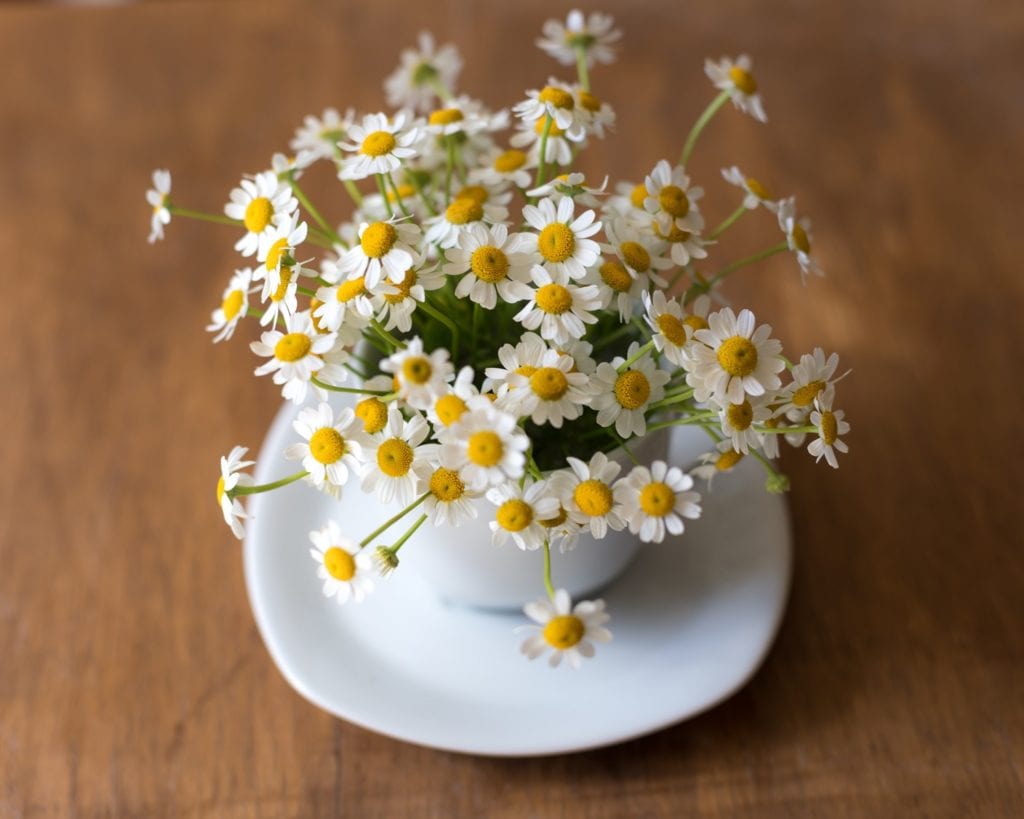
Living room
Opt for air purifying plants that also create a stunning focal point. Philodendron sp. with its large leaves, the majesty palm (Ravenea rivularis) or the spider plant (Chlorophytum elatum) are lovely examples. For shelves, choose low-maintenance plants like the dragon tree (Dracaena sp.) or English ivy (Hedera helix).
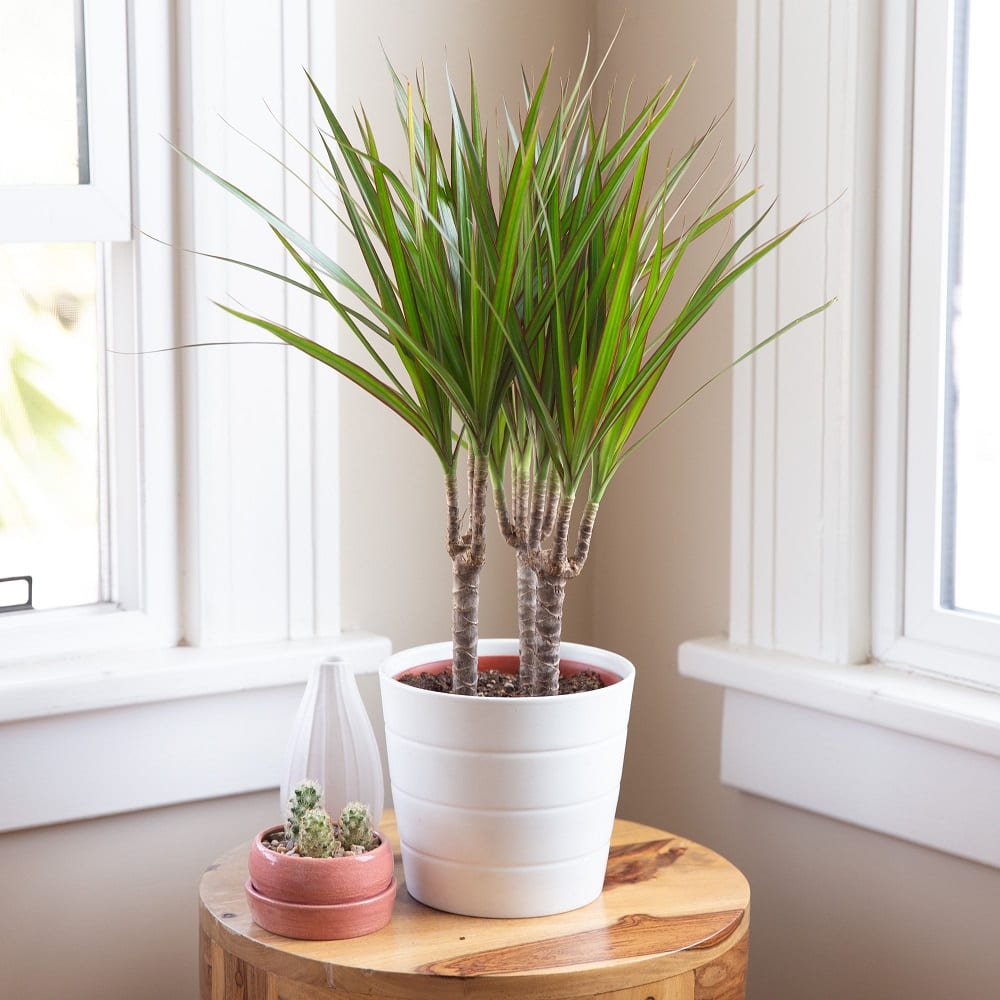
Stannah has created this eye-catching and informative illustration as a guide to positioning your pretty and potent plants. Click the image to download if you wish to print for future reference or share with a fellow foliage fan!
Indoor plants offer aerobic exercise
Caring for houseplants can be a real work-out, if you like. Placing plants at different heights will encourage you to stretch and reach, supporting your gait and balance. Potting, pruning or deadheading may help with hand dexterity, while moving large specimens to new positions or turning them to get light on all sides may help with aerobic exercise.
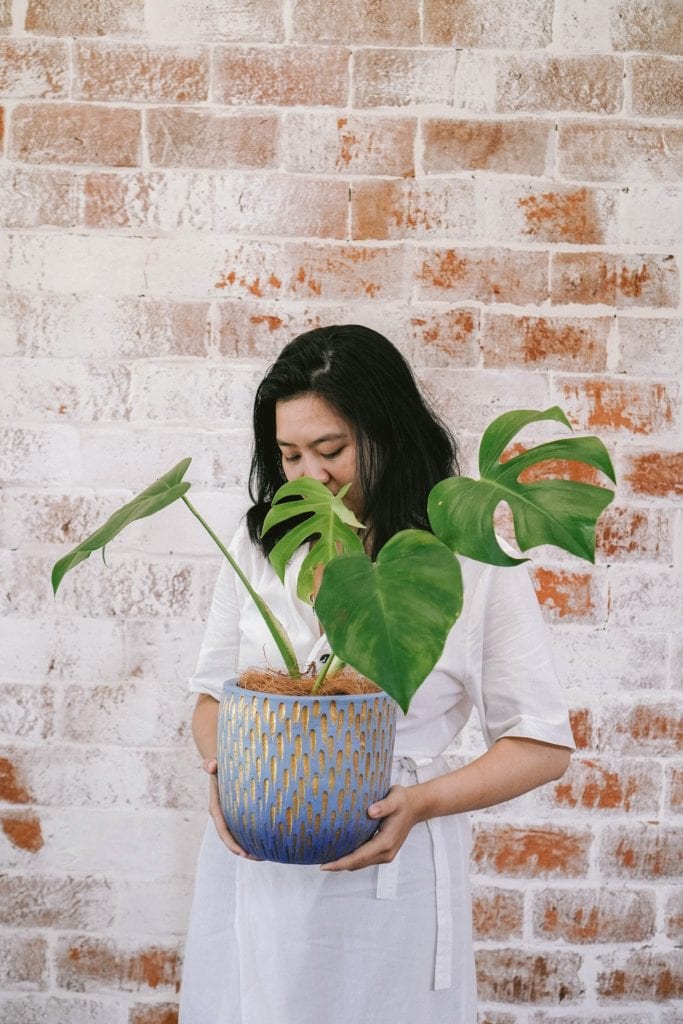
Keep potting and positioning plants around your home for a cleaner, greener space that enables you to keep on being you.
Stay up to date
Latest Blogs

Dame Zandra Rhodes x Stannah: When accessibility meets style
Could more people benefit from home adaptation support for hidden disabilities?
50 years of Stannah Stairlifts – A milestone grounded in purpose

BBC’s Dr Punam Krishan reveals a little-known Parkinson’s symptom to watch for...

Are you at risk of falling? Dr. Punam Krishan’s simple 12-second test could tell you...

Snore Wars: Could sleeping separately be the secret to a better night’s rest?

Proud to carry the Made in Britain mark!

Stannah wins best TV campaign 2025 at the Silver Marketing Awards
Stairlifts made for you
All our stairlifts whether straight or curved are customised to suit you and your home so call now to arrange a visit to get your FREE personalised quote!